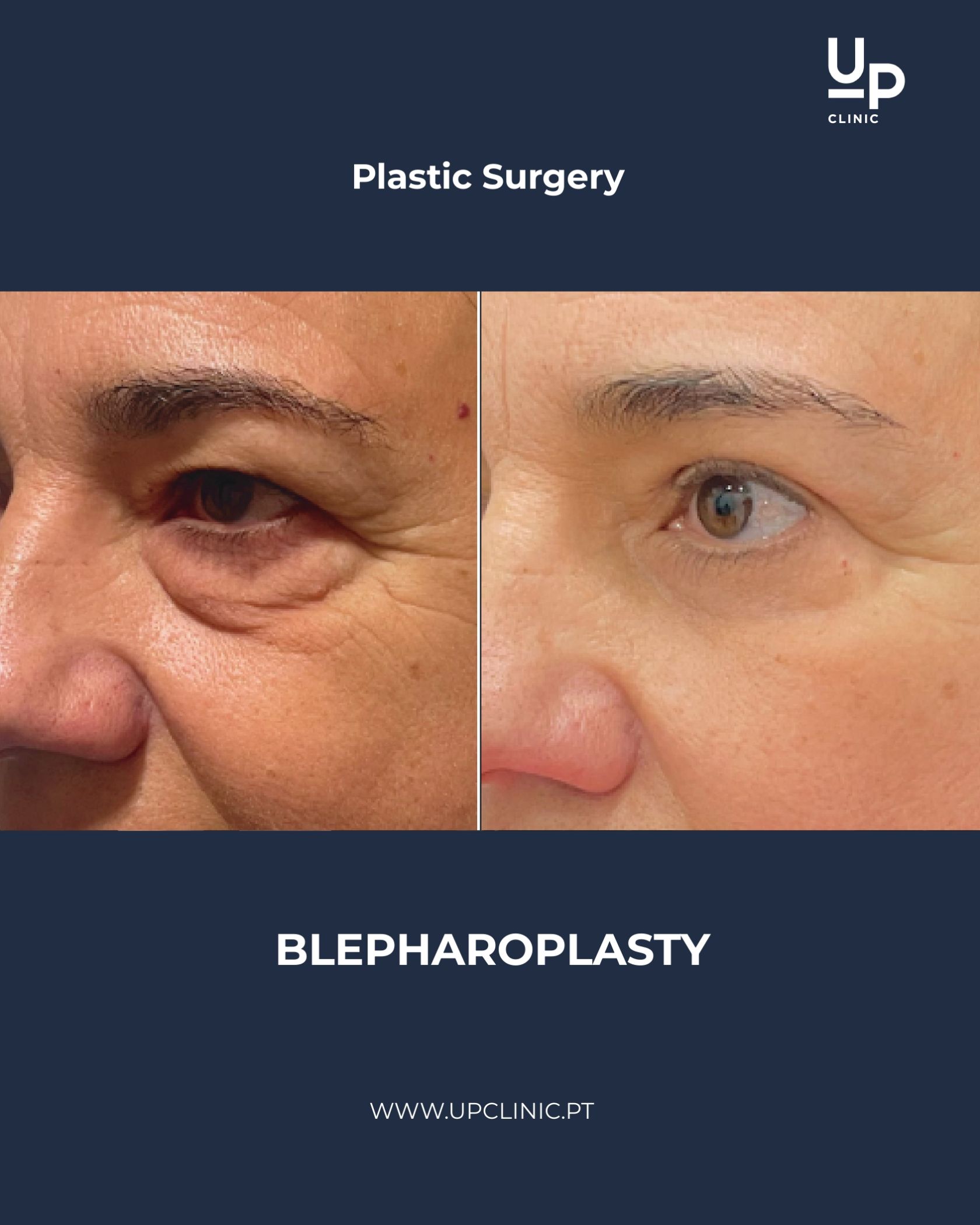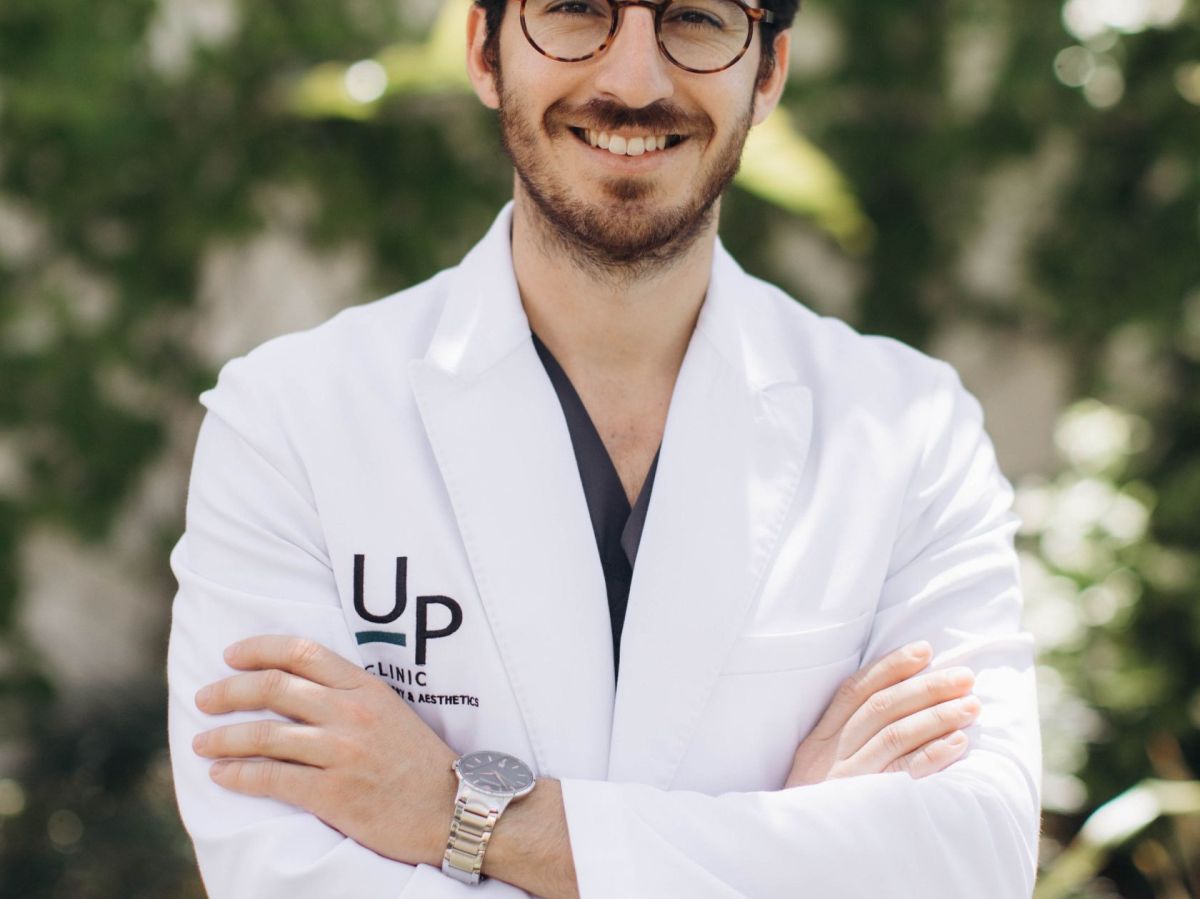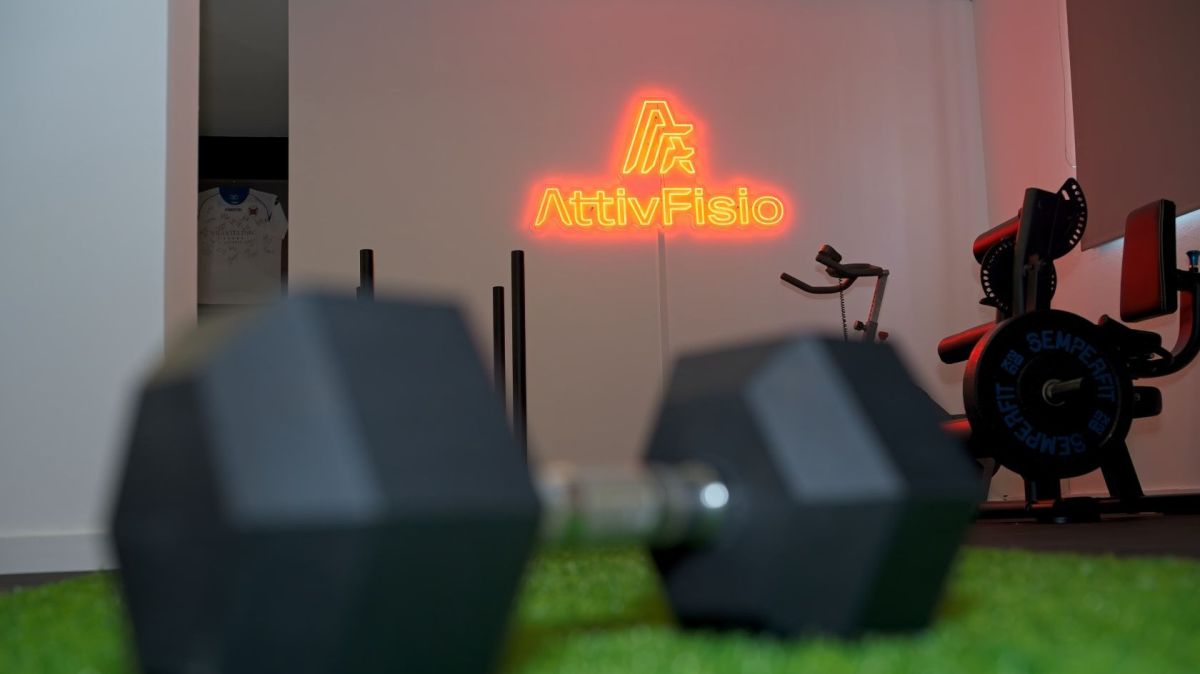Originally from the Azores, the doctor has always been fascinated by plastic surgery, namely the aesthetic side of it. For six years, Rui Lima studied in loco in the various areas of plastic surgery. The doctor went to Canada and the United States of America to study more about aesthetic surgery, and he has been working at Up Clinic since 2018.
While performing aesthetic plastic surgery, Rui Lima believes that it promotes complete well-being, social and physical and enhances the health of every patient.
The Portugal News (TPN): What exactly is blepharoplasty?
Rui Lima (RL): Blepharoplasty is surgery of the eyelids. When we evaluate the face of a patient, we must never forget the periocular region, because the periocular region transmits a lot of emotions. A more swollen periocular region gives a more tired look, and that, once again, in interpersonal relationships, may have major implications.
Therefore, the periocular rejuvenation is fundamental, and although it seems like a small area, it has tremendous importance from the point of view of rejuvenation. When doing a periorbital evaluation, we must think about the upper eyelid, the lower eyelid, and never forget the eyebrow. Because these three components must be dealt with together. Therefore, the upper blepharoplasty is the surgery that deals with the upper eyelid, the lower blepharoplasty is the surgery that deals with the lower eyelid, and the brow lift is the surgery that deals with the eyebrow.
TPN: Can you explain the three types of surgery?
RL: In the upper blepharoplasty, the most common procedure is to treat the excess skin. It is the most common surgery, it is the accumulation of skin that gives a more aged look on the upper eyelid, and we can remove that skin, leaving the scars well hidden and sometimes practically imperceptible.
In association with this skin removal, we can also remove the excess fat from the eyelid, which is not mandatory; we have to evaluate case-by-case, but it is very common to reduce the amount of fat. In certain situations, in the upper eyelid, we sometimes have to raise the eyelid, which is called eyelid ptosis, and then we have to do surgery on the eyelid lifting muscle to achieve a more efficient eye opening.
Concerning the lower eyelid, the treatment component of the fat bags is very important, because that is what often leads to ageing and a less appealing look in the upper region, in the lower eyelid. What we do is the reduction and reposition the fat bags. We do this through a technique called canthopexy, basically in the corner of the lower eyelid, where we have a ligament structure. We make a squeeze that brings a younger look to the lower eyelid. In association with all of this, we cannot forget the eyebrow, where many times we think that there is an excess of skin in the upper eyelid, but the problem comes from above; it comes from the eyebrow that is drooping.
Up Clinic is the only clinic that does endoscopic surgery of the brow lift. What we do is an incision in the scalp, so as not to have scars, and through that cut in the scalp, we use cameras, with endoscopy, releasing the ligaments of the eyebrow and go up without visible scars.
TPN: Besides the aesthetic reasons, are there any physical health reasons that imply the need to do this type of procedure?
RL: In fact, we have many surgeries that are carried out by the re-engagement of the ophthalmologist, that is, by the functional commitment to the eye. Here, the most frequent reasons are superior blepharoplasty, that is, a very marked excess of skin from the upper eyelid, in which that excess is so large that it limits the opening of the eye; therefore, people may have their sight affected because of the excess.
Or when, and this exists due to lesions or congenital deformities, in children who are already born with this congenital problem, in which the eyelid is drooping, and then we have to do the eyelid lift. From the lower eyelid, the most common is really the ectropion, when the eyelid is already falling with flaccidity.
TPN: What are the pre- and post-surgery procedures?
RL: From the point of view of pre-surgical preparation, we always do a checklist from the point of view of the overall health of the patient. We always have to do an analytical assessment to check if the haemoglobin is good, if the kidney function is good, just to see if, from the general point of view of the body's homeostasis, everything is fine to support a surgery and anaesthesia. Because when we do surgeries in which the eyebrow combines with the upper and lower eyelid, it has to be with general anaesthesia.
Simpler surgeries may be done with local anaesthesia, such as the isolated upper eyelid surgery. In addition, we always do the cardiac exam, the electrocardiogram and also the x-ray to make sure that the patient is fine to do this surgery.
Usually, the recovery from the surgery is simple. Obviously, there may be some discomfort in the first 3 to 5 days, which may include some pain that always needs analgesic support. The eyes and eyelids will be more swollen. In the third or fourth week, the swelling is already less noticeable and from the third or fourth week, you can already have a normal social life. The final result may be seen 1 to 3 months after the surgery. Whoever goes through the surgery must not work for at least two weeks, and stop physical exercise, which can be resumed four weeks after surgery.

It is essential to sleep on your back for the first two or three weeks, take the analgesic medication that we give, a few drops in the eye, so that the eye is always very well hydrated and essentially, in the first two weeks, a little ice in the periorbital region to reduce the swelling.
At Up Clinic, we have a hyperbaric chamber, which is a machine in which there is hyperoxygenation of the tissues. The patient will stay one hour in the chamber breathing with 100% oxygen. This causes a greater oxygenation of the tissues and, therefore, the recovery will be faster.
TPN: Why should people do the surgery at Up Clinic?
RL: Essentially, because of our differentiation in facial plastic surgery. As I was saying, for example, for the surgery of the eyelids, we think it is such a small area, and simple area, but it is the opposite, it is a very differentiated area, in which the anatomy is very complex, and it is really important to be done by someone specialised in the area, because it requires not only specific materials, but also a lot of experience, which can be found in the surgeons here at the clinic.
TPN: Do you feel that demand for the surgery is increasing?
RL: Yes, according to ISAPS (International Society of Aesthetic Plastic Surgery), it was the surgery most performed in facial plastic surgery last year, that is, it grew in such a way that it is the number one type of surgery worldwide and that is a bit in line with what is happening in Portugal.
We at the clinic have seen this growth and as I mentioned, it is important to do a personalised assessment and then do a technically differentiated surgery, also with the best materials and with experienced surgeons. Keep in mind that when it is superior blepharoplasty only in an isolated way, it can be done with local anaesthesia, but normally, when it is a major surgery with inferior, superior and brow lift blepharoplasty, we need to do it with general anaesthesia.
For more information: https://upclinic.pt/plastic-surgery/face/blepharoplasty/?lang=en














